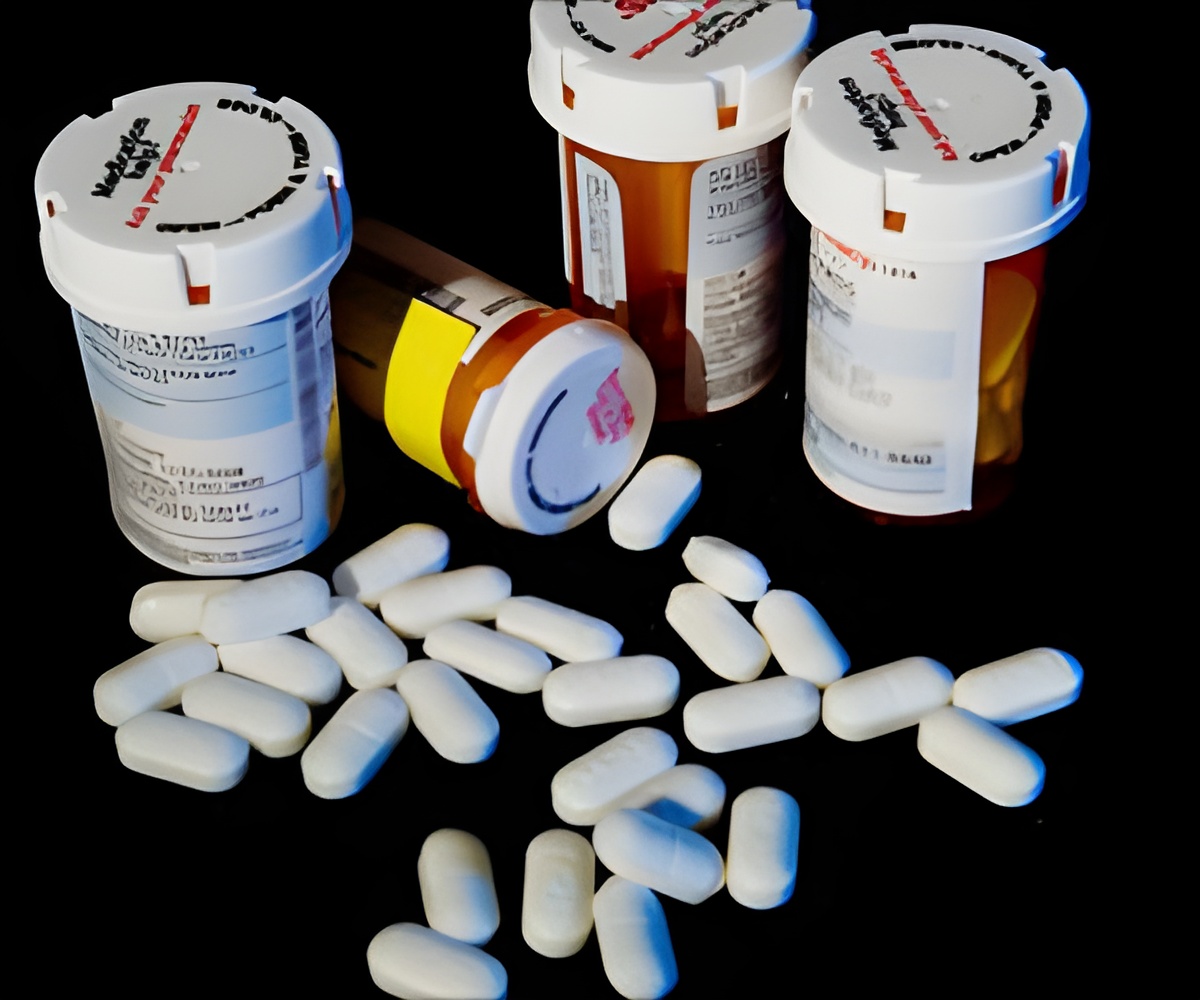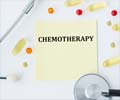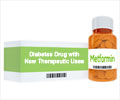
‘Metformin, a common type 2 diabetes drug, and rapamycin, a common anti-rejection drug, have both been shown to have substantial anti-aging and anti-cancer effects in a variety of model organisms.’
Tweet it Now
In this study, the researchers applied deep-learned neural networks to profile the safety and gene- and pathway-level similarity of more than 800 natural compounds to metformin and rapamycin, in an effort to identify natural compounds that can mimic the effects of these anti-cancer and anti-aging drugs while remaining free of the adverse effects associated with them."Earlier this year we launched Young.AI, a comprehensive system utilizing the recent advances in deep learning for tracking a variety of aging biomarkers. I hope that the consumers using the Longevity A.I. will start using it. One of the goals of our group is to identify the combinations of molecules that achieve the desired effects" said Alex Zhavoronkov, PhD, co-author of the study, founder of Insilico Medicine and Chief Science Officer of the Biogerontology Research Foundation.
Their analysis identified many novel candidate metformin and rapamycin mimetics that have been previously unreported as such. In particular, they identified allantoin and ginsenoside as strong mimetics of metformin, epigallocatechin gallate and isoliquiritigenin as strong mimetics of rapamycin, and withaferin A as a strong mimetic of both. Additionally, their analysis also identified four previously unexplored natural compounds as fairly strong mimetic of rapamycin.
"Aging is not recognized as a disease, so we need strong potential geroprotectors of natural origin on the market. Supplements that slow down aging, affecting the key mechanisms of aging at the molecular and cellular level" said Alexey Moskalev, PhD, a co-author of the study.
These findings are significant because, as naturally occurring compounds, such nutraceuticals are not subject to regulation by the FDA and other regulatory bodies. Furthermore, because the researchers induced a deep-learning based classification of the safety profiles associated with these compounds, the novel candidate mimetics the study identified are likely to have less adverse effects than metformin and rapamycin, though this needs to be further validated by clinical testing.
Advertisement
Advertisement















